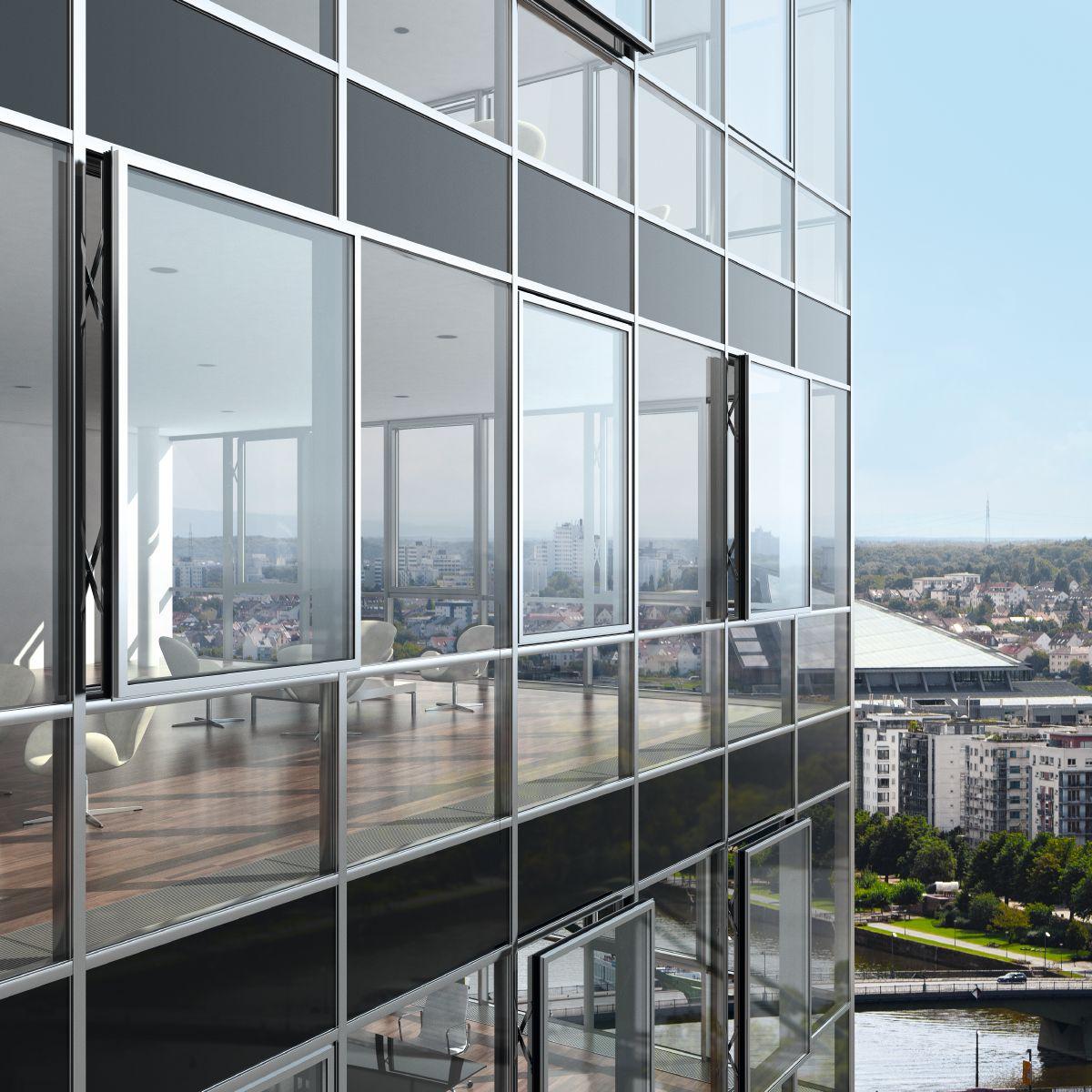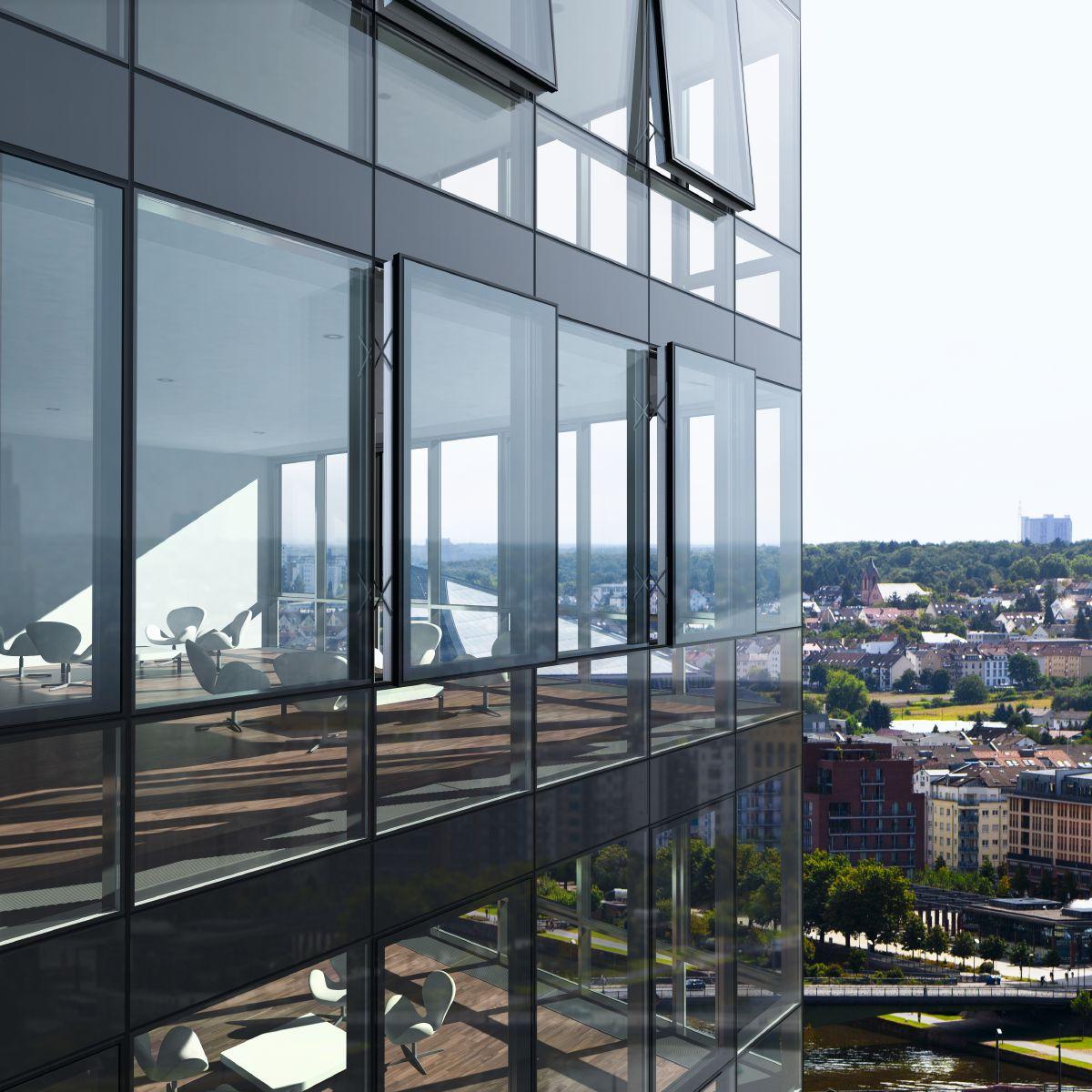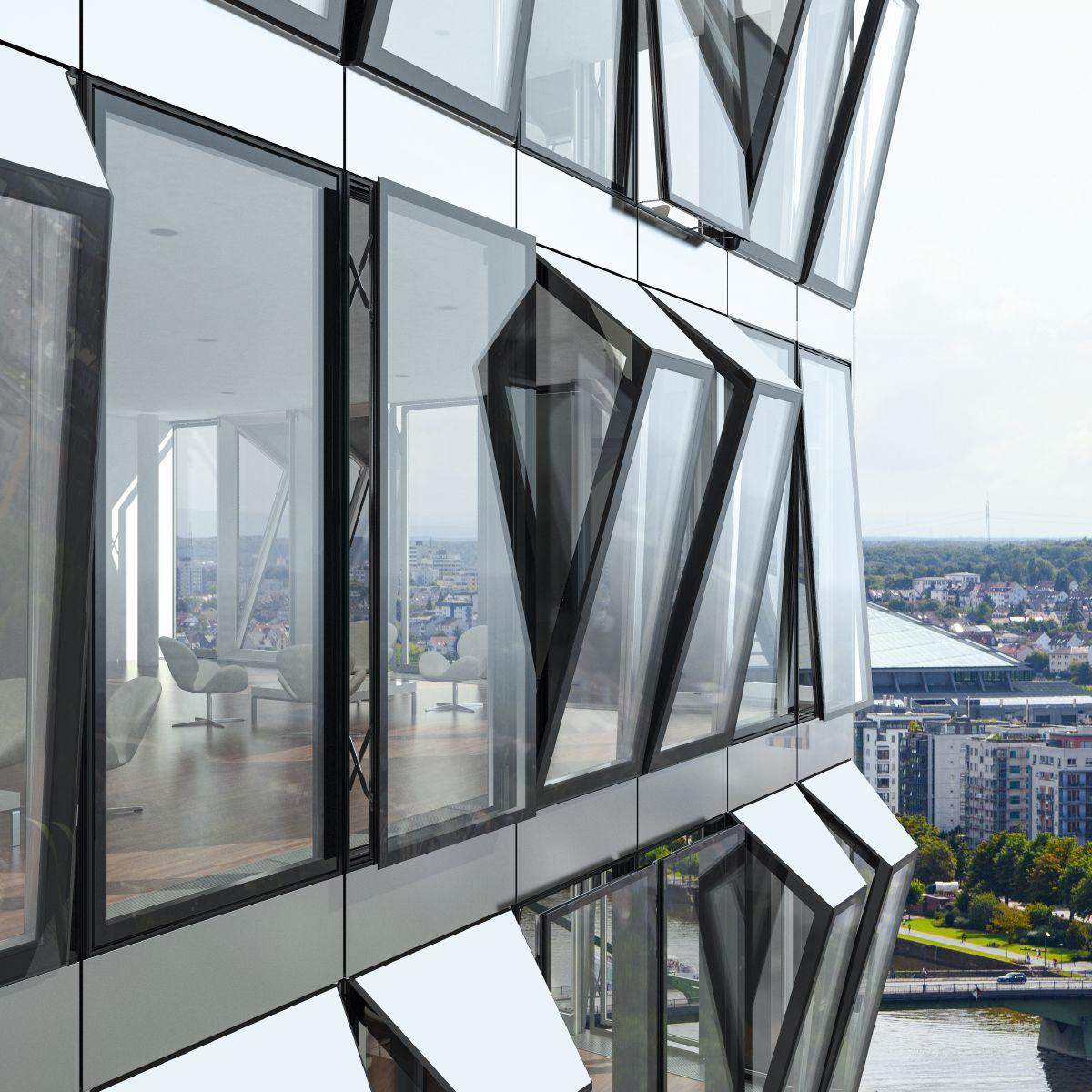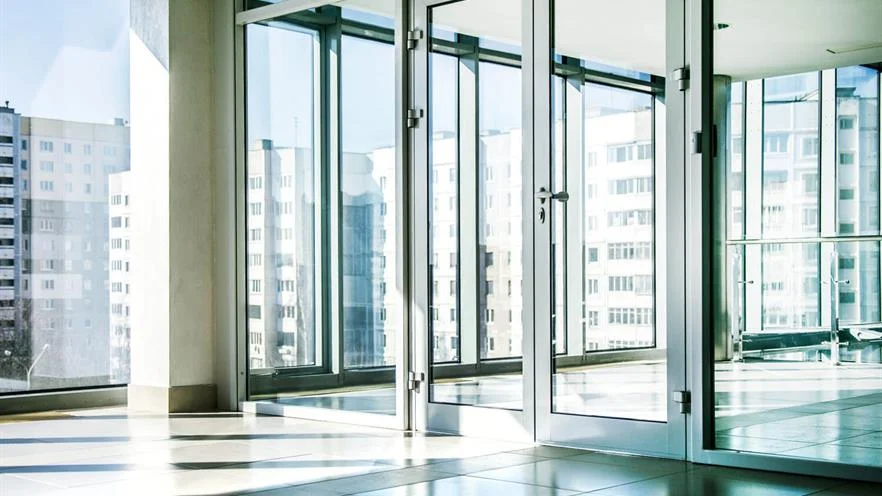Curtain wall systems have become a hallmark of modern architecture, offering a perfect blend of aesthetics, energy efficiency, and structural integrity. Whether for commercial skyscrapers or residential buildings, curtain walls provide an elegant solution to enclose buildings while allowing maximum natural light penetration and enhancing thermal performance. In this article, we’ll explore everything about curtain wall systems, including their components, construction process, and installation considerations.
Curtain Wall Construction
The curtain wall construction process involves several stages, from design to installation. Proper planning and execution are crucial to ensuring the wall’s performance and longevity. The key steps in curtain wall construction include:
- Design and Planning:
- Selection of materials based on performance and aesthetic needs.
- Structural analysis to determine load-bearing capabilities.
- Coordination with architects and engineers.
- Fabrication:
- Manufacturing of aluminum frames and glass panels based on specifications.
- Quality control checks to ensure compliance with industry standards.
- Installation:
- On-site assembly of curtain wall components.
- Weatherproofing and sealing to prevent air and water infiltration.
- Inspection and Testing:
- Verification of structural integrity and weather resistance.
- Compliance with building codes and safety regulations.
Proper curtain wall construction enhances the overall efficiency of a building and ensures long-term performance with minimal maintenance.
Curtain Wall Facade
The curtain wall facade plays a crucial role in defining the building’s exterior appearance and functionality. As the most visible part of a structure, the facade must balance aesthetics with performance. Modern curtain wall facades feature high-performance glass, aluminum framing, and innovative design elements to create striking architectural statements.
Key benefits of curtain wall facades include:
- Sleek and Modern Look: Achieve a contemporary appearance with clean lines and transparency.
- Enhanced Comfort: Improved insulation properties reduce energy consumption and enhance occupant comfort.
- Sustainability: Incorporation of energy-efficient materials and solar control glass to reduce environmental impact.
- Customization: Endless design possibilities to meet architectural vision and project requirements.
Curtain wall facades are not just decorative; they also contribute to the overall energy efficiency and performance of a building.
Curtain Wall Interior
While curtain walls are primarily associated with a building’s exterior, their impact on the curtain wall interior cannot be overlooked. The presence of large glass surfaces can transform interior spaces by offering:
- Natural Lighting: Reducing the need for artificial lighting and improving well-being.
- Visual Connectivity: Providing uninterrupted views of the surroundings.
- Thermal Comfort: Advanced glazing options help maintain optimal indoor temperatures.
- Acoustic Performance: Specialized glass and insulation can reduce noise levels in urban environments.
Interior designers and architects often leverage curtain walls to create open and inviting spaces, especially in office buildings, hotels, and residential towers.
Installing Curtain Wall
Installing a curtain wall is a complex process that requires precision and expertise. A successful installation ensures structural integrity, weather resistance, and long-term durability. The installation process typically includes the following steps:
- Site Preparation:
- Assessment of the building structure to ensure compatibility.
- Delivery of prefabricated curtain wall components.
- Framing Installation:
- Positioning and securing vertical and horizontal frames.
- Alignment and leveling to maintain design accuracy.
- Panel Placement:
- Installation of glass or other infill materials into the frame.
- Proper sealing to prevent water infiltration and air leakage.
- Final Inspection:
- Checking for gaps, alignment, and overall performance.
- Ensuring compliance with safety and quality standards.
Professional installation is essential to achieving the desired aesthetic and functional outcomes, making it important to work with experienced contractors and suppliers.
Conclusion
Curtain wall systems have revolutionized modern architecture by offering a perfect balance between aesthetics and functionality. Whether for commercial skyscrapers or residential buildings, curtain walls provide numerous benefits such as energy efficiency, natural light, and weather resistance. Understanding the different types, construction process, and installation techniques is crucial for architects, builders, and property owners to make informed decisions when incorporating curtain walls into their projects.
FAQs
1. What is the lifespan of a curtain wall system?
Curtain wall systems typically last between 30 to 50 years with proper maintenance and regular inspections.
2. Can curtain walls improve energy efficiency?
Yes, modern curtain walls are designed with high-performance glazing and insulation materials to enhance energy efficiency.
3. What is the difference between a curtain wall and a storefront system?
Curtain walls are designed for multi-story buildings and withstand greater environmental loads, whereas storefront systems are used for low-rise applications.
4. Are curtain walls suitable for residential buildings?
Yes, curtain walls are increasingly used in luxury residential properties for their aesthetic appeal and performance benefits.





